Baking Powder vs. Setting Powder: Which One Is for You?



Elizabeth Denton
When it comes to makeup must-haves, achieving a flawless makeup look that lasts has always been a coveted goal. Two essential techniques that have become pivotal in this pursuit are baking and setting makeup. These makeup-artist techniques have gained immense popularity in recent years, revolutionizing the way we approach a full-coverage beat.
But what is the difference between the two? When do you use setting powder instead of baking powder? What about loose setting powder vs. setting spray? It can get confusing! That’s why we enlisted makeup artist Natalie Dresher to help us break down the difference. Don’t worry—we’ve got you.


It's about glam time you treated yourself.
MEET THE EXPERT
Natalie Dresher is a Miami-based makeup artist from NYC.
What Is Baking Your Makeup?
Baking first gained popularity in the drag community. What literally sounds like you’re baking a cake in the oven is actually a way to get a flawless finish when wearing liquid foundation or powder foundation. “Baking is a process to set the makeup for a ‘heavier’ look,” Dresher says. “It’s usually done to brighten the under-eye area for a more full glam look.”
How to Bake Your Makeup
It looks hard in TikTok tutorials on your FYP, but the process is pretty simple. Apply a thick layer of translucent powder to specific areas of the face with a damp makeup sponge, like a BEAUTYBLENDER Makeup Sponge. Let the powder sit for a few minutes before dusting away the excess with a fluffy powder brush, Dresher explains. We love using a yellow-based “banana powder”’ for an extra-bright under-eye area that hides dark circles. This method is particularly effective for achieving a creaseless matte finish and locking in concealer.
What Is Setting Your Makeup?
On the flip side, setting powder (or sometimes called finishing powder), is all about longevity. “Setting your makeup is the process of making sure your makeup is ‘dried down’ and ensuring it won’t move through the day,” Dresher says. You can set your makeup with a loose setting powder or pressed powder. Setting products help prevent makeup from smudging, fading, or melting away due to heat, humidity, or sweat.
How to Set Your Makeup
“My favorite way to set my makeup is to take some powder onto a dry fluffy eyeshadow brush, tap the excess off, and apply it to a desired area,” Dresher says. Opt for a setting powder that matches your skin tone or is translucent. Start in the areas where you tend to have oily skin or where your makeup tends to crease. Common areas include the T-zone (forehead, nose, chin) and the under-eye area.To set your entire face, lightly dust setting powder over your cheeks, temples, and jawline.
Which One Is Right for You?
You might use both of these techniques when doing your makeup, but there are some important things to keep in mind while doing so. “If someone has fine lines, acne, or scarring, baking may not look the best on them,” Dresher says. This is the same for those with dry skin because the area can look cakey with too much face powder. “Baking is more for nighttime dramatic looks, or if someone is very oily and has trouble having makeup stay on for long periods of time,” she adds.
Using setting powder, on the other hand, is pretty much a non-negotiable for any glam. “Setting your makeup is definitely a must though, no matter the look and no matter your skin type!” Dresher says. If you have a long day and night out, keep pressed powder in your purse for touch-ups. It comes in handy and works well with all your other beauty products.
Want in on all the latest makeup trends? Get in on the IPSY fun! Take our Beauty Quiz now to get started with your own IPSY beauty subscription. Already an IPSY member? Refer your friends to earn points, which you can use toward products. Either way, don’t forget to check us out on Instagram and TikTok @IPSY.
Like this article? Share it with your friends by clicking the icons below!
Liked this post? Share!
Related Stories
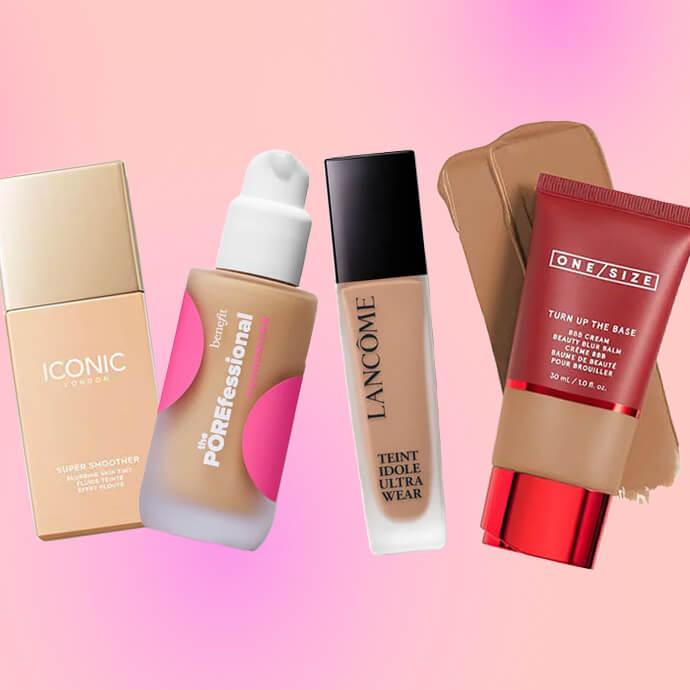
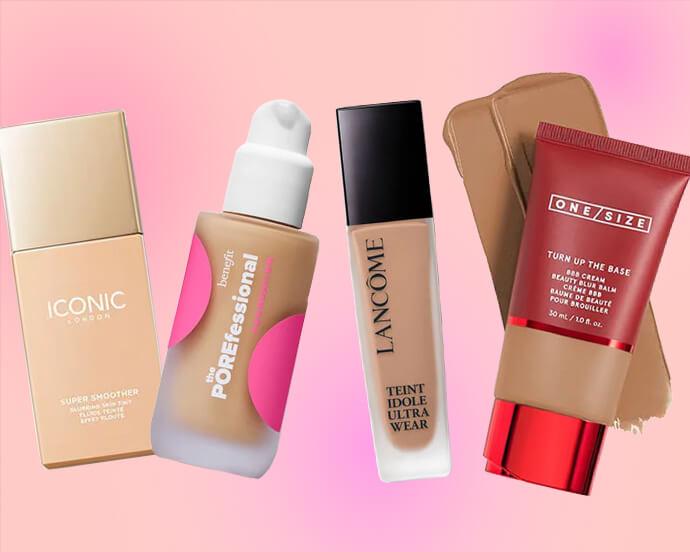
Makeup
Want an IRL Filter? These Are the Best Blurring Foundations
Published on Dec 12, 2025 • 5 min read
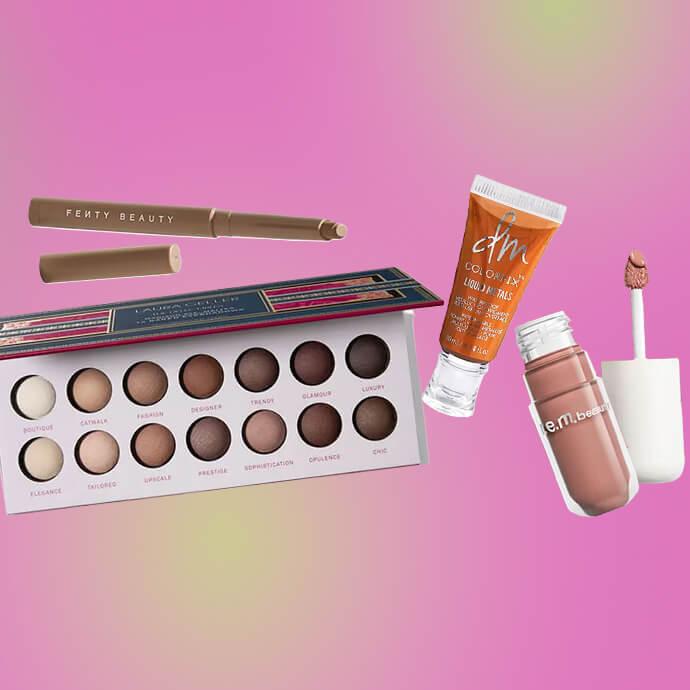
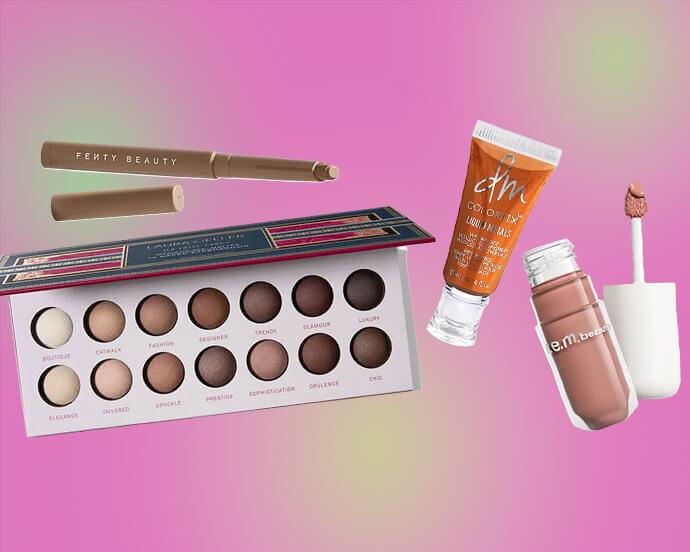
Makeup
How to Expertly Apply Eyeshadow on Mature Skin
Published on Dec 10, 2025 • 6 min read

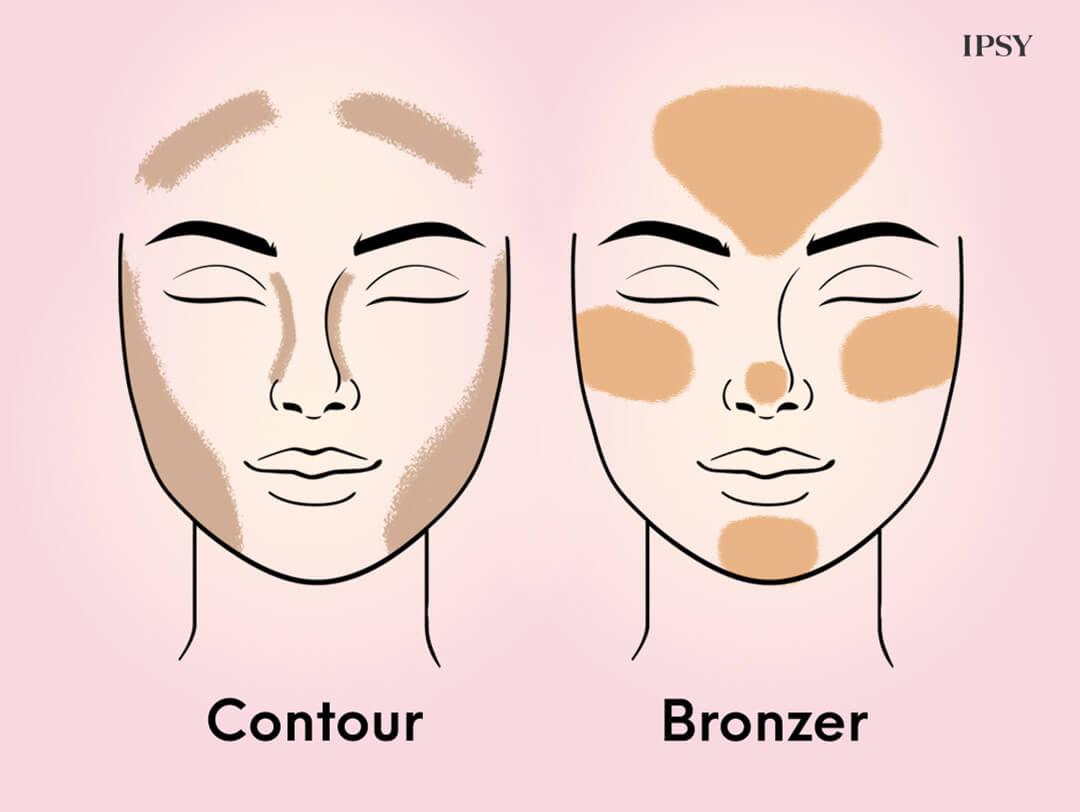
Makeup
How to Use Bronzer and Contour to Sculpt Your Face Like a Pro
Published on Dec 5, 2025 • 9 min read


Makeup
Makeup for Older Women That Works With Your Skin, Not Against It
Published on Dec 1, 2025 • 12 min read


Makeup
2026’s Biggest Makeup Trends Are a Maximalist Dream
Published on Dec 1, 2025 • 8 min read


Makeup
2025’s Biggest Makeup Trends: Go Big or Go Home
Published on Dec 13, 2024 • 7 min read


Makeup
16 New Year’s Eve Makeup Ideas to Fashionably Ring in 2026
Published on Nov 25, 2025 • 10 min read


Makeup
Your 2026 Beauty Horoscope Is Here—and the Stars Are Serving Looks
Published on Nov 25, 2025 • 9 min read


Beauty Picked Just for You
Get 5 products worth up to $70
Plus exclusive access to epic deals up to 80% off
Starting at just $14/month. Cancel anytime.